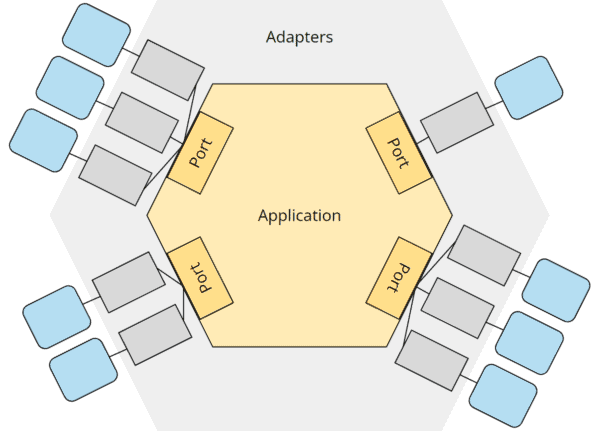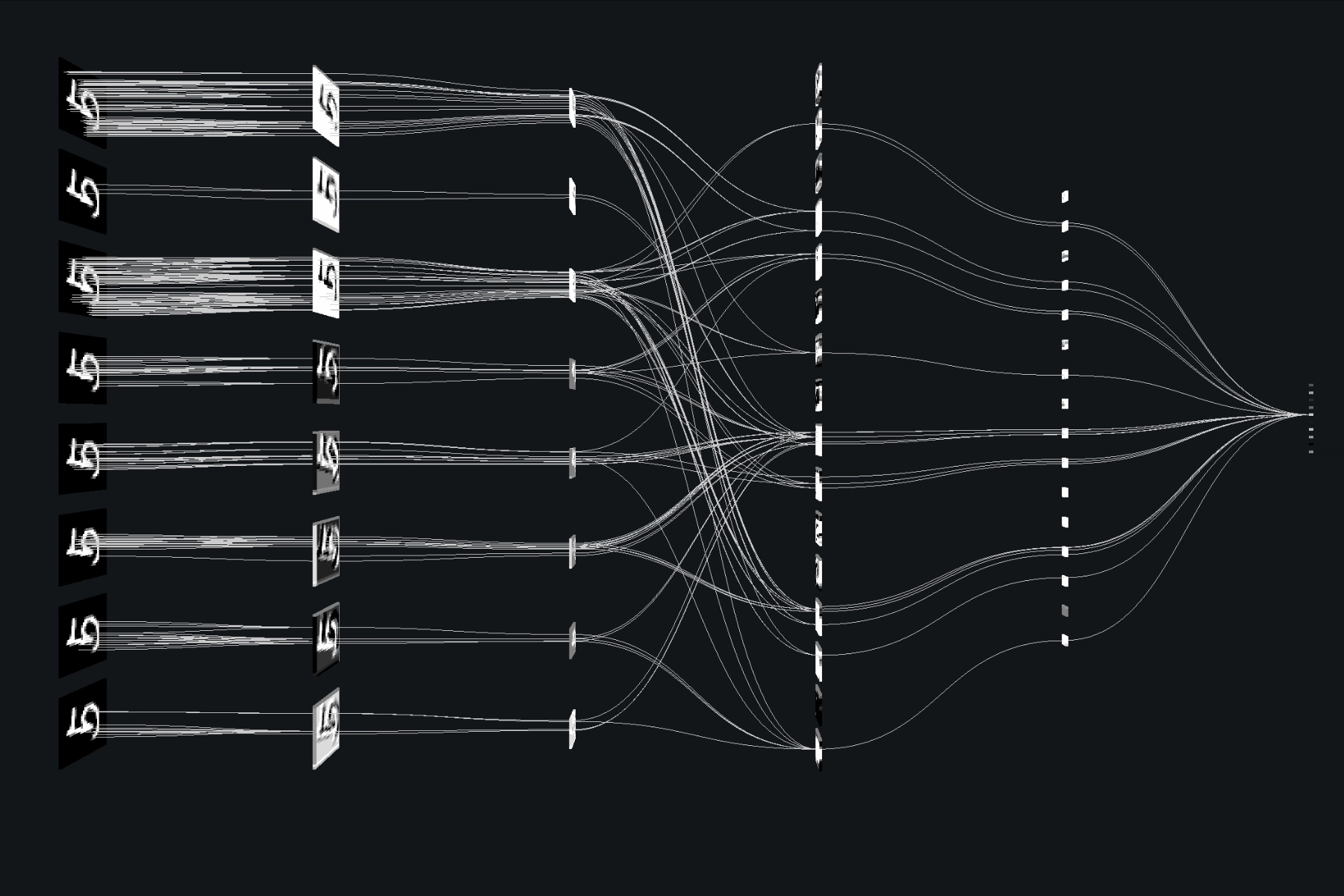Let’s get one thing straight: if you’re choosing between Hexagonal, Clean, and Onion architecture based on which one’s “best”, you’re asking the wrong question. The real question isn’t which pattern wins, it’s when each pattern fails spectacularly.
We’ve all seen the carnage. The startup that burned through runway building microservices for forty-seven users. The enterprise app where architecture diagrams looked beautiful but adding a simple feature required rewriting half the system. The truth is, most teams treat these patterns like construction blueprints when they’re really flowcharts for making decisions.
The Abstraction Wars: Three Sides of the Same Coin
Developer forums are filled with passionate arguments about which architecture reigns supreme, but the reality is more nuanced. As experienced engineers point out, the differences between these strategies are largely academic, all three describe useful “seams” in a system across which you shouldn’t mingle responsibilities. The core principle remains the same: abstract away from external dependencies because “you never know” what might change.
Hexagonal Architecture, also known as Ports and Adapters, takes the pragmatic approach. You define ports (interfaces) for your application to communicate with the outside world, then build adapters for specific implementations. Need to switch from MySQL to PostgreSQL? Just swap the database adapter. Moving from REST to GraphQL? Update your API adapter. The business logic remains blissfully unaware.
Clean Architecture takes this concept and adds rigorous dependency rules. Uncle Bob’s famous concentric circles dictate that dependencies can only point inward. Your business logic becomes the king, completely isolated from frameworks, databases, and UIs. It’s architecturally pure but can feel like architectural overkill for smaller projects.
Onion Architecture builds on similar principles with explicit layering. The core contains your domain entities, surrounded by application services, then infrastructure. Jeffrey Palermo’s approach emphasizes that all coupling happens toward the center, your database becomes just another implementation detail.
The real insight from seasoned developers? Hexagonal architecture is often easier to get started with, and in many cases it’s just enough. You generally can’t go wrong by having clear interfaces for local communication (CLIs) and remote communication (APIs/protocols) as your primary design points.
The Microservices Trap: When Architecture Eats Your Business
The architectural debates often center around microservices, but here’s the uncomfortable truth: premature microservice adoption has killed more startups than any technical decision in recent memory. Teams burn through runway rewriting working code into separate services because conference talks convinced them that’s how “real” companies build software.
One consultant watched a company spend nine months building a microservices architecture for an app with forty-seven users. The result? They shut down, not because their product was bad or they ran out of money, but because architectural purity became more important than shipping features.
The sobering reality: most teams would be better served by modular monoliths using these architectural patterns internally. As one commenter noted, “All of them should be taken as suggestions not blueprints”, a warning that countless projects have ignored to their detriment.
When Each Architecture Actually Makes Sense
Hexagonal: The Pragmatist’s Choice
Hexagonal Architecture shines when you need to support multiple entry points or adapt to changing external systems. E-commerce platforms that need web, mobile, and API interfaces simultaneously benefit tremendously. The ports-and-adapters model lets you plug in new channels without touching business logic.
Use case: Payment processing systems that need to handle Stripe, PayPal, and custom payment gateways simultaneously. Each payment processor becomes an adapter, making integration changes trivial.
Clean Architecture: The Enterprise Standard
Clean Architecture’s strict dependency rules pay dividends in large, long-lived codebases with multiple teams. When you have regulatory requirements, compliance needs, or expect your codebase to outlive multiple framework versions, the extra ceremony becomes justified.
Use case: Financial systems or healthcare applications where business rules must remain stable while technology stacks evolve around them.
Onion Architecture: The Express.js Savior
For backend applications growing into complexity monsters, Onion Architecture provides a structured approach to tame the chaos. When your Express app has hundreds of routes, tangled controllers, and business logic scattered like confetti, Onion’s explicit layering forces discipline.
Use case: Rapidly growing SaaS applications where the database layer needs to remain flexible and business logic must stay testable as requirements evolve.
The Future-Proofing Fallacy
The dirty secret nobody tells you: no architecture is future-proof. The future has a nasty habit of surprising everyone. The real value in these patterns isn’t predicting the future, it’s surviving the inevitable changes.
When projects treat these architectures as rigid blueprints rather than flexible guidelines, they often end in disaster. As one developer observed, this happens because “architecture has to change and evolve to adapt to business requirements and failing to do so either results in the project failing or yet another rewrite.”
The most successful teams treat architectural patterns as tools for managing complexity, not as religious dogma. They start simple, often with Hexagonal’s pragmatism, and layer in more structure only when the complexity demands it. They recognize that architectures should serve the business, not the other way around.
The Team Complexity Factor
Your choice of architecture should depend heavily on your team composition. A startup with three full-stack developers has different needs than an enterprise with fifty specialized engineers.
Small teams often benefit from Hexagonal Architecture’s straightforward approach, it’s conceptually simple and maps well to how most developers already think about separating concerns. The learning curve is manageable, and you can start seeing benefits almost immediately.
Larger organizations with specialized roles (database engineers, API specialists, domain experts) can leverage Clean Architecture’s strict boundaries to enable parallel workstreams without constant coordination overhead.
Testing Trade-Offs: What You Gain and Lose
All three architectures promise better testability, but they deliver it differently:
Hexagonal excels at integration testing, you can test your core logic through different adapters without changing test code. Mocking external dependencies becomes trivial when everything communicates through ports.
Clean Architecture enables pure unit testing of business logic completely isolated from infrastructure. Your domain logic can be tested without any mocks whatsoever.
Onion Architecture strikes a balance, you get clear separation of concerns while maintaining more flexibility than Clean Architecture’s rigid dependency rules.
The testing strategy often reveals which pattern makes sense for your context. If your team struggles with brittle integration tests, Hexagonal might be your savior. If you need rock-solid business logic verification, Clean Architecture delivers.
The Migration Path: Starting Simple, Scaling Smart
The most successful architectural journeys follow an evolutionary path:
- Start with good separation of concerns, even if it’s just organizing your code into logical modules
- Introduce Hexagonal patterns when you need to support multiple external systems
- Consider Clean Architecture when regulatory requirements or long-term maintenance become critical
- Explore Onion Architecture when you need explicit layering for growing backend complexity
The critical insight? Don’t start with the most complex architecture. Start with what solves your immediate problems and evolve as your system grows. Teams that begin with fully-fledged Clean Architecture for a simple CRUD app often drown in ceremony before they ship anything valuable.
So Which One Should You Choose?
The unsatisfying but honest answer: it depends. But here’s a decision framework that actually works:
- Choose Hexagonal if you’re building APIs that need to support multiple protocols, working with changing third-party services, or your team values pragmatism over purity
- Choose Clean Architecture if you’re in a regulated industry, building systems that must outlive technology trends, or working with large teams that need strict boundaries
- Choose Onion Architecture if you’re building complex backend systems, want explicit layering without Clean’s ceremonial overhead, or need to tame an existing Express.js monster
The most future-proof architectural decision you can make isn’t choosing the right pattern, it’s choosing the right mindset. Treat these approaches as tools in your toolbox, not religions to convert to. Start with what solves today’s problems, keep your code loosely coupled, and remember that the best architecture is the one that lets you change your mind later.
Because in the end, the companies that survive aren’t the ones with the perfect architecture, they’re the ones that can adapt when their perfect architecture meets the real world.



